Plants are living things that can grow in any location on Earth. It can thrive anywhere from snowy mountain slopes to dry and hot deserts. They are an essential part of our ecosystem. They produce their foods by absorbing solar energy.
They are at the heart of all life on Earth, as all living things rely on them for sustenance and survival. They produce the oxygen human beings breathe and bear fruits and vegetables that they eat and consume for nutrition and survival. Types of plants: They are divided into various groups. They are classified according to their size, life cycle, seed content and seedless status.
Furthermore, they support the nitrogen cycle and play an important role in the water cycle. Is your child in kindergarten, primary, or secondary school looking for information on different types of plants? This article will go into greater detail about different types of plants. Stay glued to this space.
Parts Of Plants
There are 5 major parts of plants
1. Roots
This is a part of plants that are found underground. It’s the most significant part of any plant. Roots hold the plant firm and strong in the soil. Their major function is to absorb minerals and water from the soil. They store reserve food material for later use by the plants. There are two kinds of roots, namely, Primary and Secondary Roots.
2. Stem
This is the part of the plant found above the ground. It’s the major organ of the shoot system. It supports the plant. Additionally, It transports water and minerals from roots to its other parts.
3. Leaves
This is another part of the plant. These are flattened green outgrowth. Leaves contain chlorophyll. Chlorophyll is used by plants to prepare their food with the help of sunlight, water, and carbon dioxide. There are three primary parts of a leaf: Lamina, leaf base, and petiole.
4. Fruits
This is another part of the plant. This is the mature ovary of the plant, which develops after the process of fertilization. It is the most essential feature of a plant. They are pulpy and nutritious.
5. Flowers
This is a reproductive part of the plant. It’s the most attractive part of the plant. A flower consists of 4 major parts. They’re Pistils, petals, sepals, and stamen.
Types of Plants Based On Size
Some are short, while others are too tall to Climb.
1. Herbs
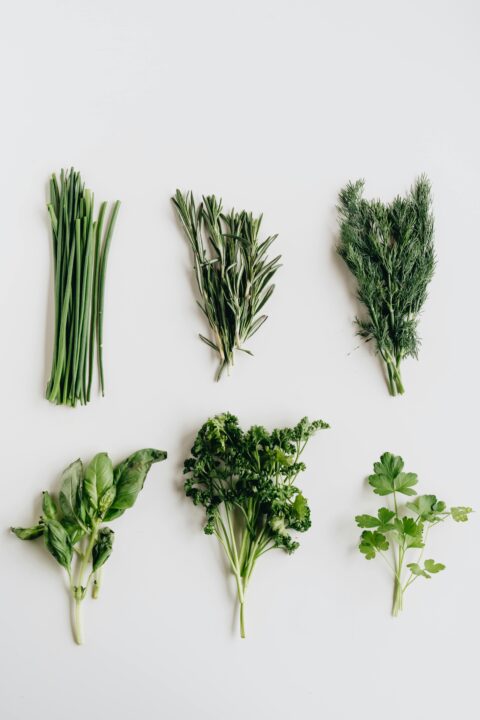
These are small plants with soft, green stems that lack woody tissues. They complete their life cycle in just one or two seasons. They usually have few or no branches. Herbs can be included in a healthy, balanced diet because they are a good source of vitamins and minerals, among other nutrients. Some examples of herbs are bananas, wheat, tomatoes, grass, and paddy.
2. Shrubs
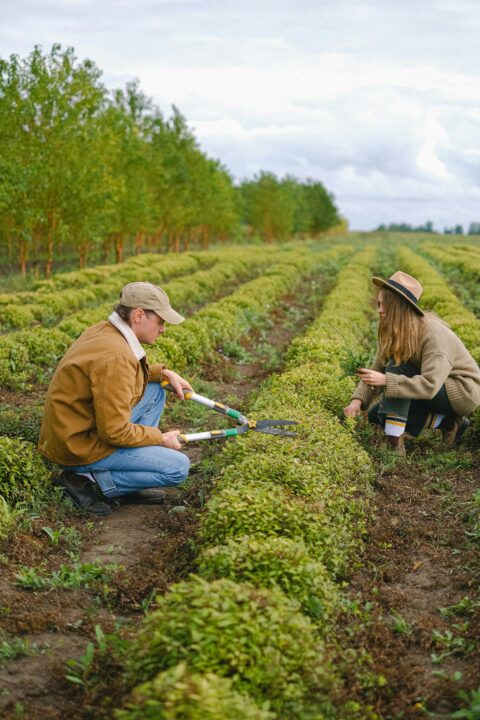
Compared to herbs, these are shorter, medium-sized, woody plants. Their height ranges from 6m to 10m. They have bushy, hard, and woody stems with numerous branches. Its stems are hard and flexible, but not fragile. Typically, their lifespan is determined by the species. Examples include rose, jasmine, lemon, tulsi, and henna.
3. Trees
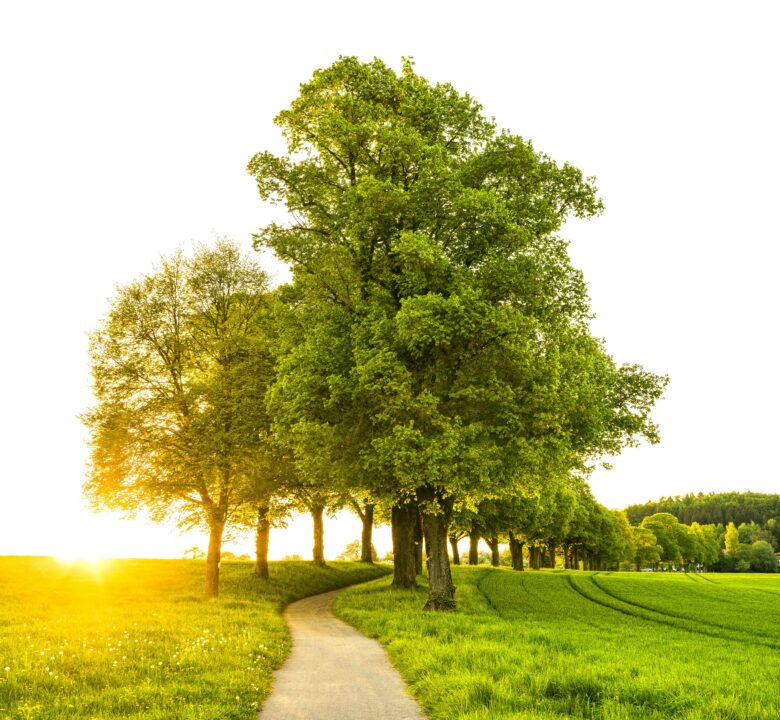
They’re big and tall plants. They have a trunk that is thick and woody and has hard stems. The trunk gives rise to numerous branches that bear flowers, fruits and leaves. Some trees have no branches, e.g. coconut trees. These types of trees have only one major stem, which bears fruits, flowers, and leaves. Typically, trees have a long lifespan. Examples of trees include Banyan, mango, neem, oak, etc.
Other types based on these categories are creepers and Climbers.
4. Creepers
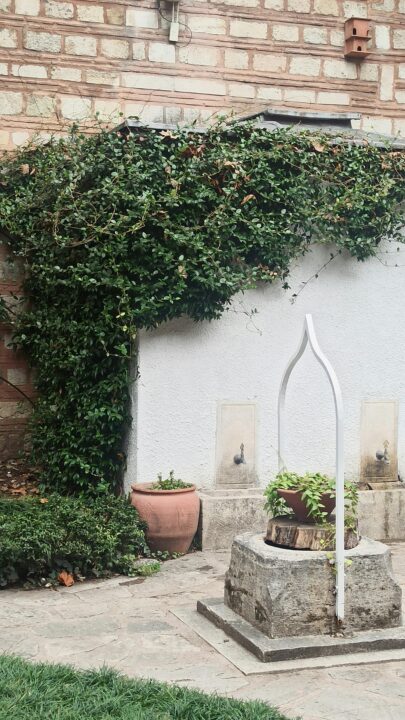
These plants are delicate, long and have thin stems that prevent them from standing straight up without assistance. As a result, they creep and spread rapidly on the ground all around. Examples include strawberries, pumpkins, sweet potatoes, and watermelon.
5. Climbers
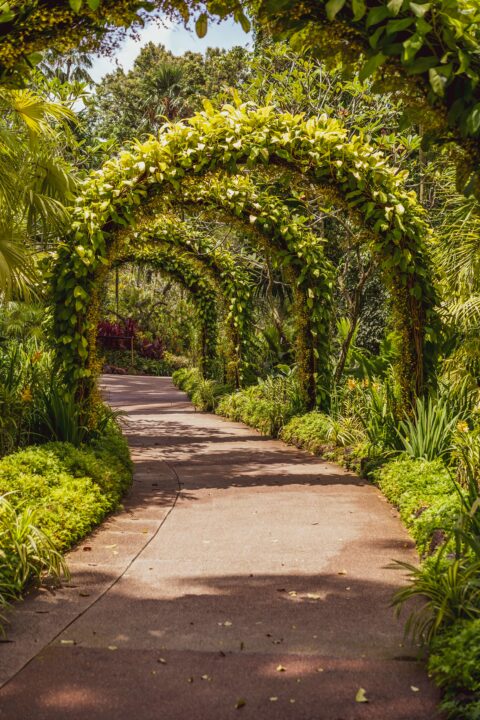
Compared to creepers, they are more complex. Like creepers, they have long, thin, and weak stems, which make them unable to stand upright. Furthermore, in the presence of external support, they grow vertically and become capable of carrying their weight. The presence of special structures called tendrils makes them climb. Examples include; Pea plants, grapevines, sweet gourds, etc.
Types Of Plants Based On Seeds
Seeds are the foundation of a plant because their growth is primarily dependent on the type of seed. Some can be used as food for other organisms, while others will grow into a new plant. A plant can be classified into two categories based on its seeds.
1. Monocotyledon
This is one of the types of plants based on seed. As its name suggests, it has only one cotyledon. Examples are Orchids, rice, bamboo, etc.
2. Dicotyledon
These are plants with two cotyledons inside their seeds. They can be divided into two equal parts. They include: Cashew, oaks e.tc
Types Of Plants That Reproduce With Seeds
1. Flowering Plants
They are one of the most beautiful types of plants. They can cover a variety of plants, from a small rose plant to a tall oak tree. They’re characterized as angiosperms because they reproduce seeds in flowers that further take part in the reproductive system.
They have complex systems that normally aid them in the transportation of fluids to all the parts of the plants. Some flowers bloom only in spring, while others begin in spring season and continue to bloom until fall. Examples are Ivy and flowering vines, ornamental grasses, flowering annual plants, etc.
2. Ginkgo
It is one of the types of plants that produce seeds. This is a unique type of plant, as it is the only plant in the division of Ginkgophyta that is still in existence. It has special leaves with a fan-shaped structure and a shape ranging between 2 and 4 inches. Furthermore, it bears fruits with no seed, which are similar to fruits known as false fruits.
3. Conifers
They are primarily woody, shrub-like plants classified as Pinophyta. They can grow to be as large as majestic trees or as small as they can fit inside the home. They typically grow in the northern hemisphere. Examples include Pines, Junipers, spruce, etc.
4. Cycads
These are classified as exotic plants and they primarily grow in tropical and subtropical regions around the world. They have woody trunks and produce large evergreen leaves. Cycads are branchless because leaves form directly from the trunks. Seeds are produced inside cone-shaped structures and reproduce through insect pollination( beetle). They thrive in warm climates.
Types Of Plants Based On Reproduction Without Seed
These types of plants classified here do not have seeds; instead, they produce spores. These spores, in return, reproduce new tiny plants known as gametophytes.
1. Algae
There are about 72,500 algae. These plants grow mainly on water bodies. Algae can be small, microscopic organisms that could be consumed as food by various marine animals. Examples include brown algae, green algae, and red algae.
2. Liverwort
They belong to the division called Marchantiophyta. Liverwort is more advanced than algae plants. These are known as non-vascular plants. They have no flowers, and they are seedless. They are small leafy plants that range from 2mm to 20mm. They thrive in damp places.
3. Mosses
There are about 12,000 species of moss. They are from the division called Bryophyta. Similar to Liverwort, they thrive mostly in damp areas. They are special types of plants that do not need soil to grow. Hence, they grow on rocks, concrete, and trees.
4. Ferns
There are about 10,500 species belonging to the division called Polypodiospodia. They are another type of plant that is seedless and flowerless. Compared to Liverworts and Mosses, they’re vascular plants. They reproduce through spores.
Types Of Plants Based On Life Cycle
All plants complete their life cycle based on their surroundings, the presence or absence of seeds, and the presence or absence of necessary nutrition for growth. They are as seen below.
1. Ephemeral
They have a very short life span. It has a shorter life cycle that spans only a few weeks. Hence, they thrive, reproduce, and die. They are also ubiquitous. This implies that they are not limited to just one environment. Examples are red trillium, great white trillium and bloodroot.
2. Annual Plants
They are those plants that sustain or live within a year. They are used primarily for growing crops and in Agriculture. Examples are maize, Durum, and Watermelon.
3. Biennial Plants
These are types of plants that need Just two years to complete their biological growth cycle before they decay. Within these two years, their first year consists of their flowering process, while they begin and die in the remaining year. Their flowering time is Late Spring. Examples are Carrot, Kalette, Hollyhock and Potatoes.
4. Perennial Plants
These kinds of plants have the longest lifespan. They have continued to thrive for several years. There is no fixed age to complete the biological life cycle. They continue to grow for hundreds of years, if not harmed by nature or pulled down forcefully. Examples are strawberries, Oregano and Basil.
Final Word
Plants are living things that live both in land and in water. Plants ensure the survival of the human race and provide abundant resources. Types of plants are classified in various categories; based on seeds, size, and life cycle. With the simpler explanation in this article, your child will learn the types of plants easily.


